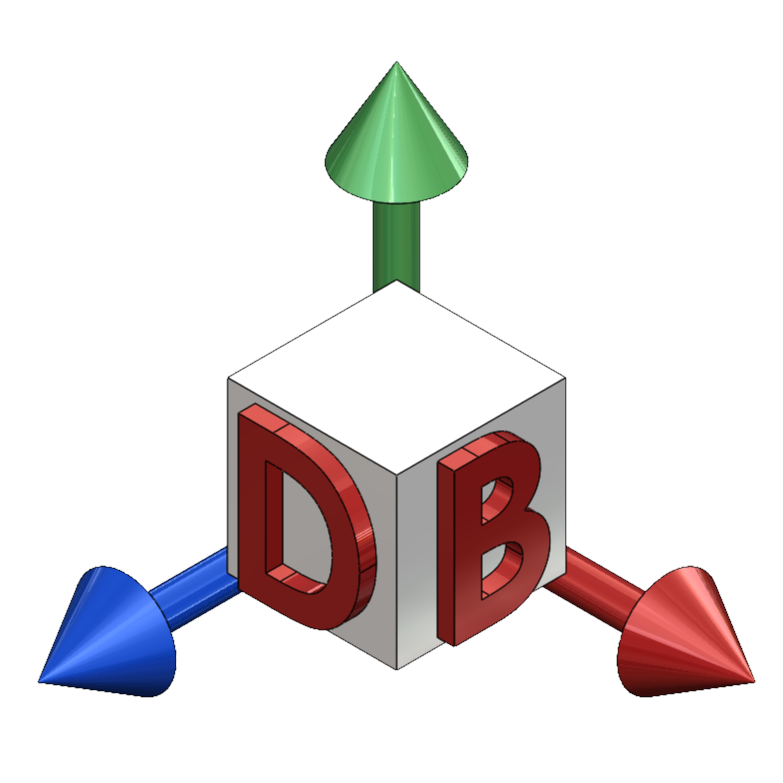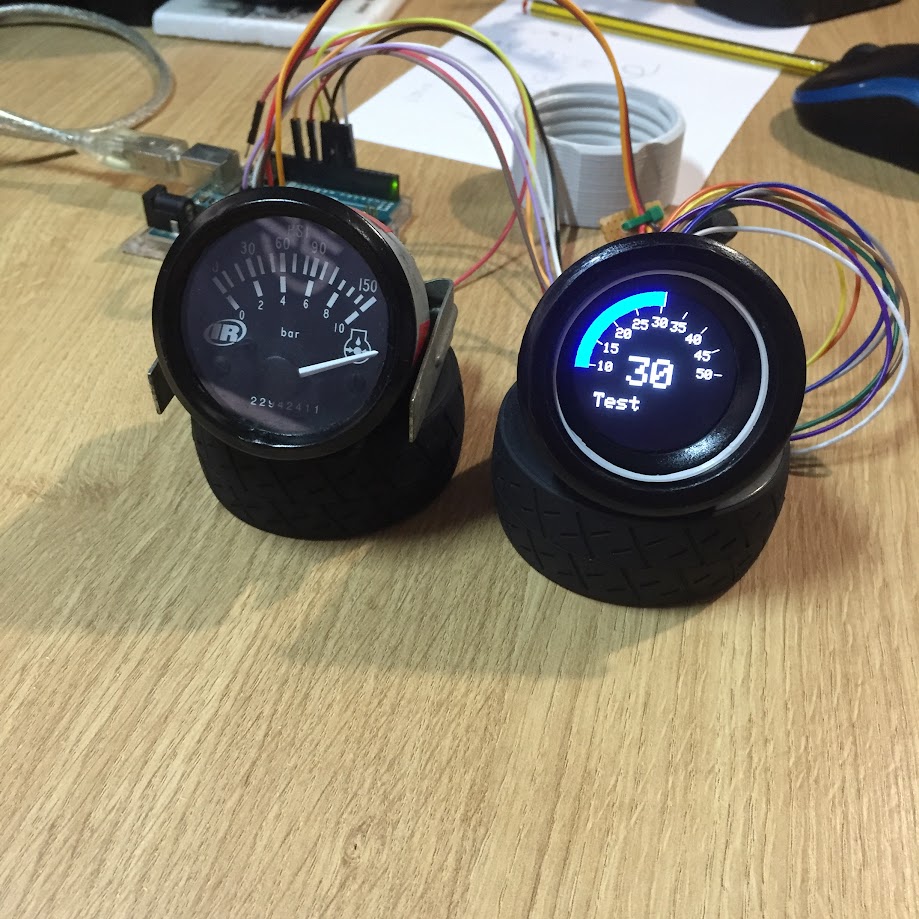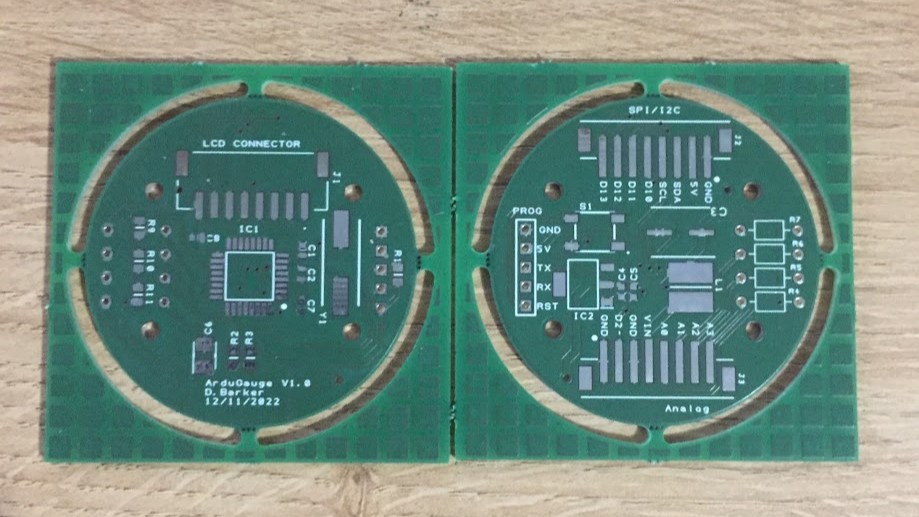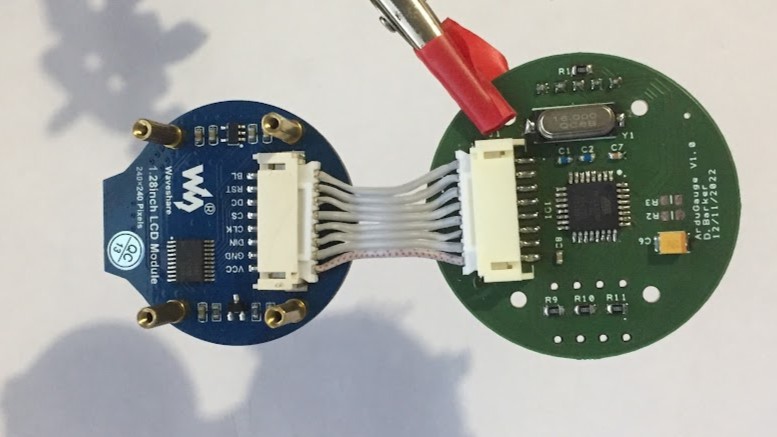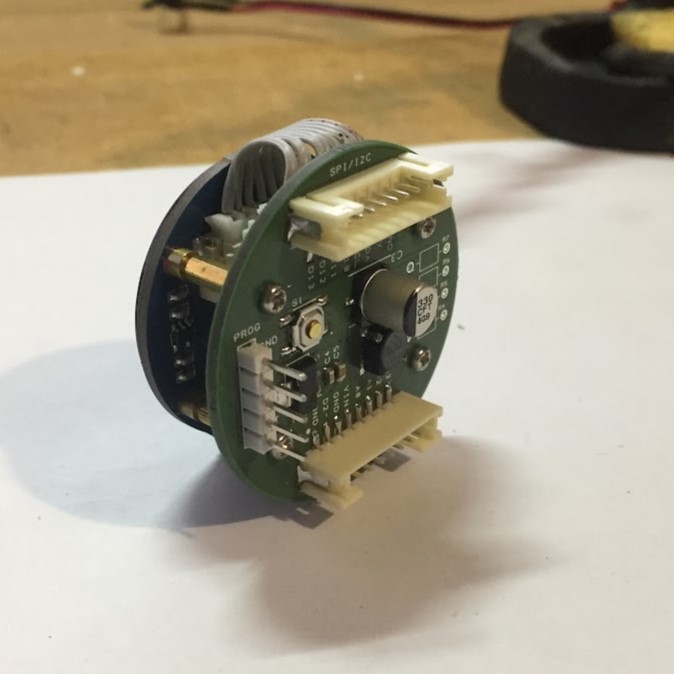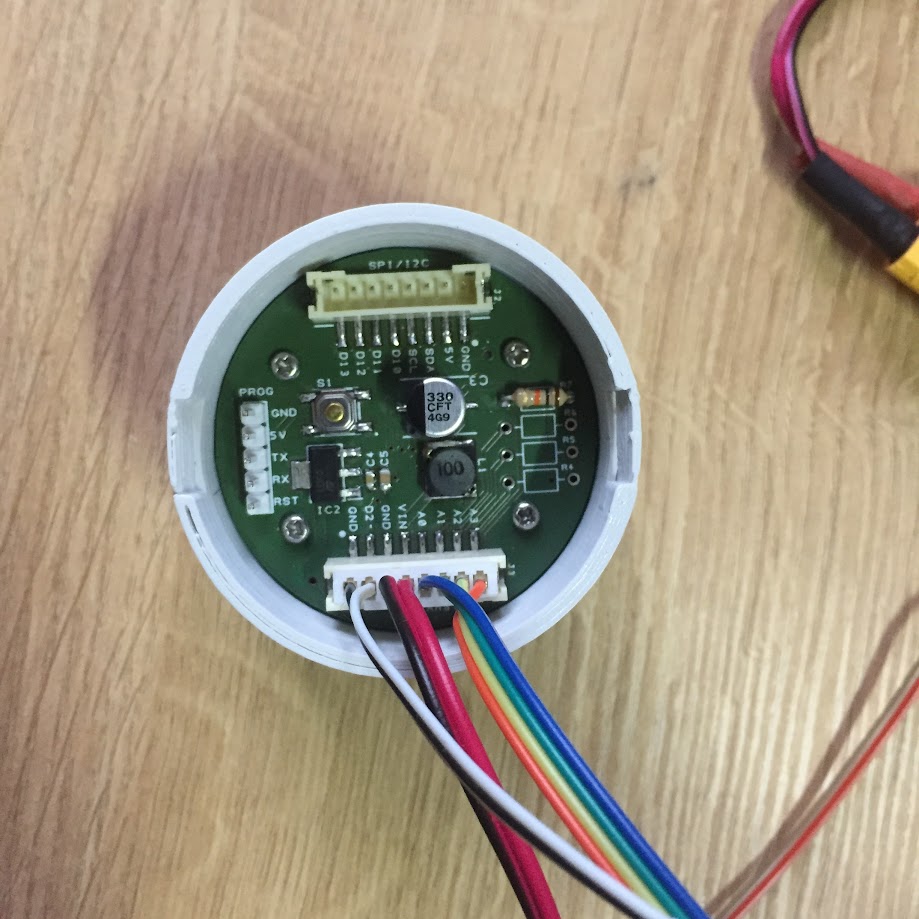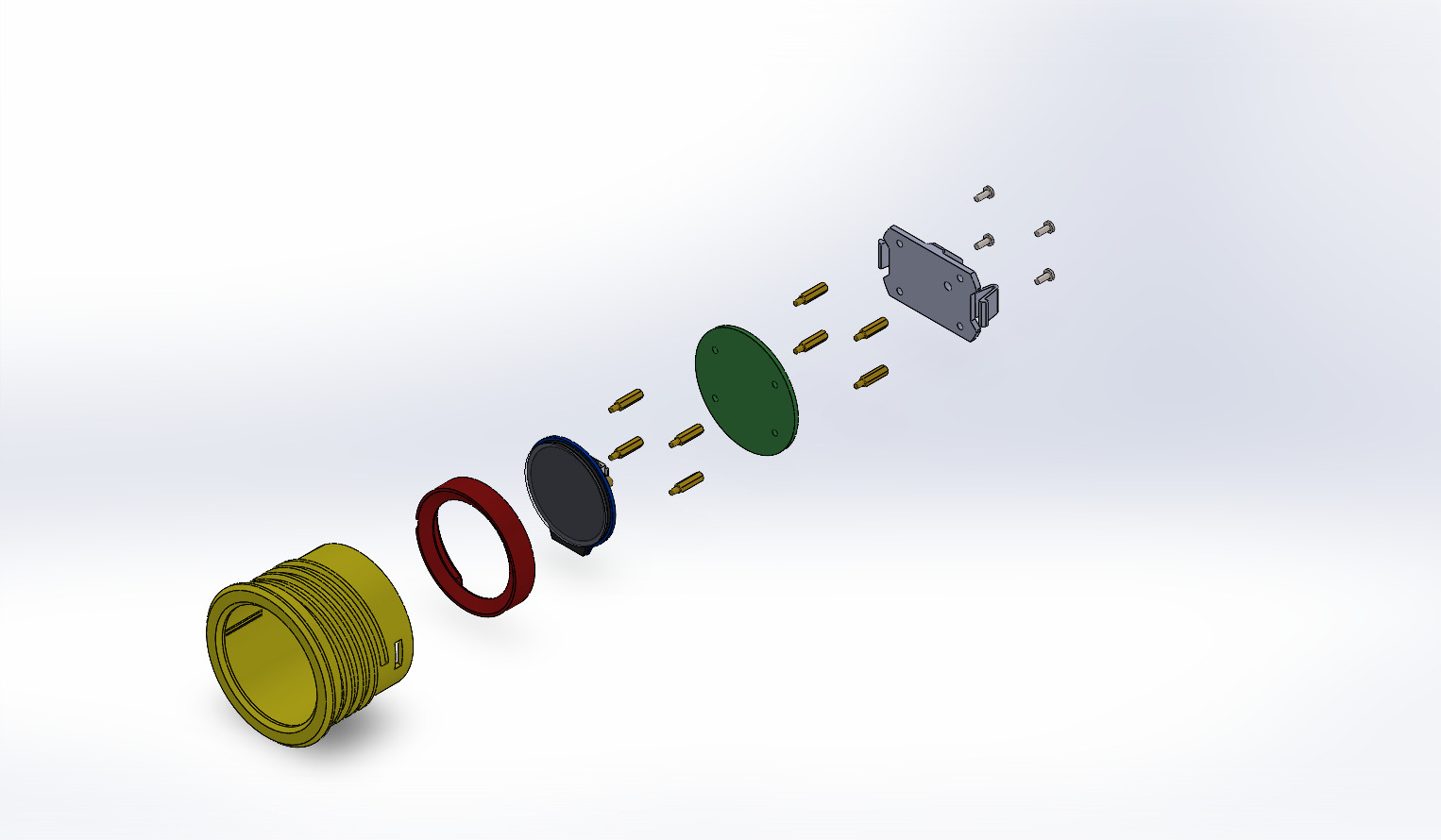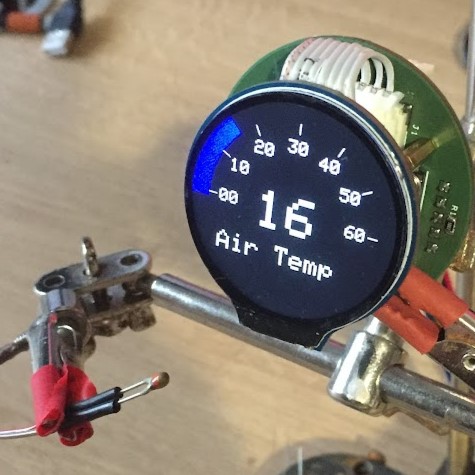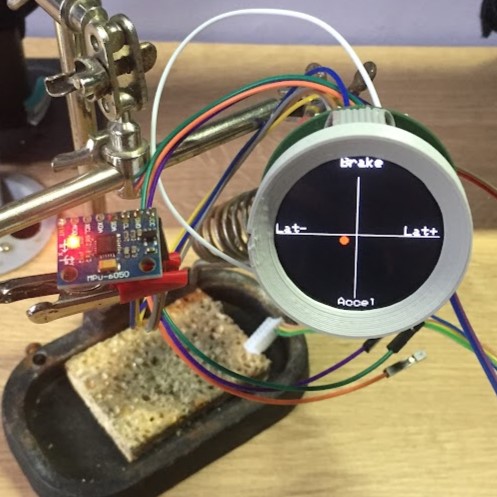In this project I set out to create a customisable Arduino based automotive gauge - ArduGauge.
The hardware is designed around an Atmega328P microcontroller, the same microcontroller found in Arduino UNOs and Nanos.
This allowed me to develop a gauge which is easily programmable whilst maintaining a relatively low cost.
The enclosure is designed to be easily 3D printable and sized as a direct replacement for a conventional 52mm automotive gauge, typically found in older vehicles.
Key features:
- Custom designed PCB.
- 1.28" Colour LCD.
- 4 analog inputs.
- SPI & I2C enabled.
- Onboard voltage regulation and filtering.
